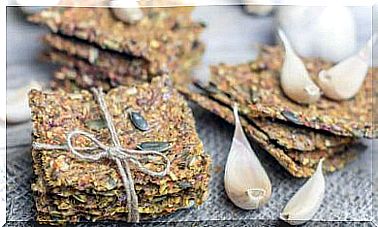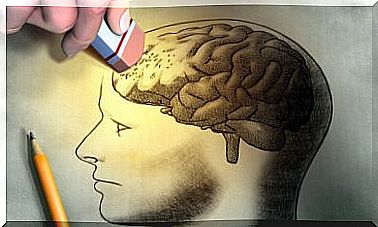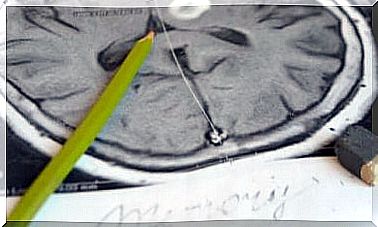Blood Clots: 8 Warning Signals
Blood clotting is vital to protect against bleeding and blood loss. However, a blood clot can pose a serious health risk.
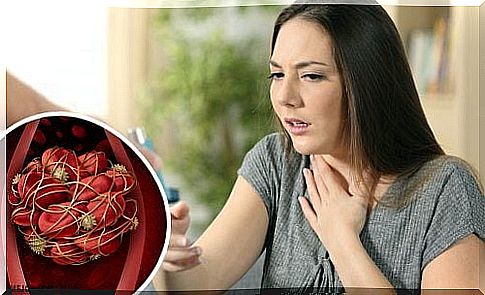
The clotting of the blood is vital to protect against bleeding and blood loss, but a blood clot can be a serious health hazard! If a blood clot, which is made up of blood proteins, partially or completely closes a blood vessel, it is called a thrombosis.
A blood clot can travel all over the body via blood vessels, which is very dangerous because it can damage the heart, brain or lungs. If the arteries are affected, there is a heart attack, if a blockage of a blood vessel in the lungs is called a pulmonary embolism.
There are two types of blood clots:
- Arterial thrombosis. In this case, the blood clot is in an artery and prevents the oxygen supply to the most important organs. The consequences can be serious: heart attack, stroke, intense pain …
- Venous thrombosis. The blood clot forms in the veins, so the symptoms become noticeable in stages:
- Vein thrombosis often occurs in the arms, legs or in the pelvic area.
- The blood clots tend to get stuck, but serious complications can arise if they are swept away in the direction of the heart. For example, the blood clot could enter the pulmonary vessels through the right heart and cause pulmonary embolism.
Risk factors for blood clots
Certain habits and factors can increase the risk of thrombosis:
- Staying in the same position for a long time, which increases the pressure on the blood vessels and therefore inhibits blood flow.
- Long journeys (over 4 hours) also represent an increased risk, because the long periods of sitting mean that the blood cannot flow properly.
- Long bed rest or periods of rest.
- Certain oral contraceptives
- Genetic predisposition
- Sedentary lifestyle
- Age
- Obesity
- Tobacco use
Warning signs that should be considered
1. Unexplained cough and difficulty breathing
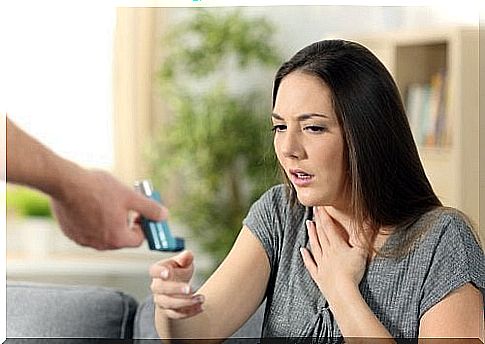
A blood clot in the lungs slows down the transport of oxygen, which speeds up the heart rhythm. If your heart beats faster and you have difficulty breathing, you should get examined as it could be a warning sign of a pulmonary embolism.
2. Mood swings
Symptoms such as irritability, confusion, hallucinations, or convulsions may indicate a risk of arterial thrombosis in the brain.
When a blood clot obstructs the supply of oxygen and glucose, the brain cannot function properly.
3. Fatigue as a warning sign of a blood clot

In the case of a blood clot, the organism activates its defense mechanism, which often leads to tiredness and exhaustion.
The causes of fatigue are many and difficult to diagnose, so you should always be on the lookout for other possible symptoms that may give a clue.
Often times , fatigue occurs for no apparent reason, sometimes even after you have rested for a long time and slept well. If this happens, get a medical exam.
4. Swelling on the legs
Leg vein thrombosis is a relatively common disease in which the blood flow to the legs is disturbed and the organs cannot be supplied with sufficient oxygen. One speaks of an occlusion of the deep leg veins.
Side effects are swelling, which develops quickly and can be painful. You shouldn’t confuse this swelling with fluid retention. In addition, there is usually overheating and dull pain in the leg.
Complications can result from the blood clot being carried into the lungs.
Compression stockings are usually recommended and anticoagulant drugs are prescribed.
5. Pain in arms or legs

Sharp pain in a very specific place, which often arises when walking or bending the legs, can also be a signal for a thrombosis. You may also feel numb.
6. Dilated veins
Dilated veins are usually not a serious problem, but if a blood clot puts pressure on the blood vessel, it can burst, redness and bruising.
Varicose veins can sometimes be the result of a vein thrombosis in the legs.
7. Reddening of the skin indicating a blood clot

Local reddening of the skin along a vein could also be a warning sign of a blood clot. You should also observe other skin changes and get examined if necessary.
Often swelling and a feeling of warmth occur at the same time.
8. Fever
A blood clot in the bloodstream can cause a fever. Frequently increased sweating, tremors, migraines, dryness, physical weakness and loss of appetite occur at the same time.
How can you prevent a blood clot?
- Make sure you have enough vitamins B3, C and E (garlic), zinc, magnesium and manganese in your diet to guarantee good blood circulation.
- If you smoke, blood clot prevention is an important reason to quit! Your general health will also be grateful to you.
- Maintain a healthy weight by getting enough exercise and eating healthy. Overweight, obesity and a sedentary lifestyle are among the most common causes of a heart attack from a blood clot that is transported towards the heart.
- You should be careful with oral contraceptives, as this increases the risk of a blood clot. Get advice from your doctor!





